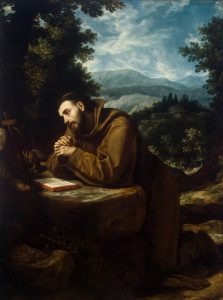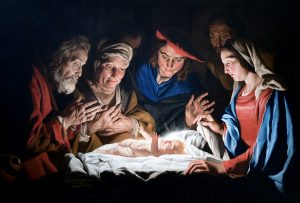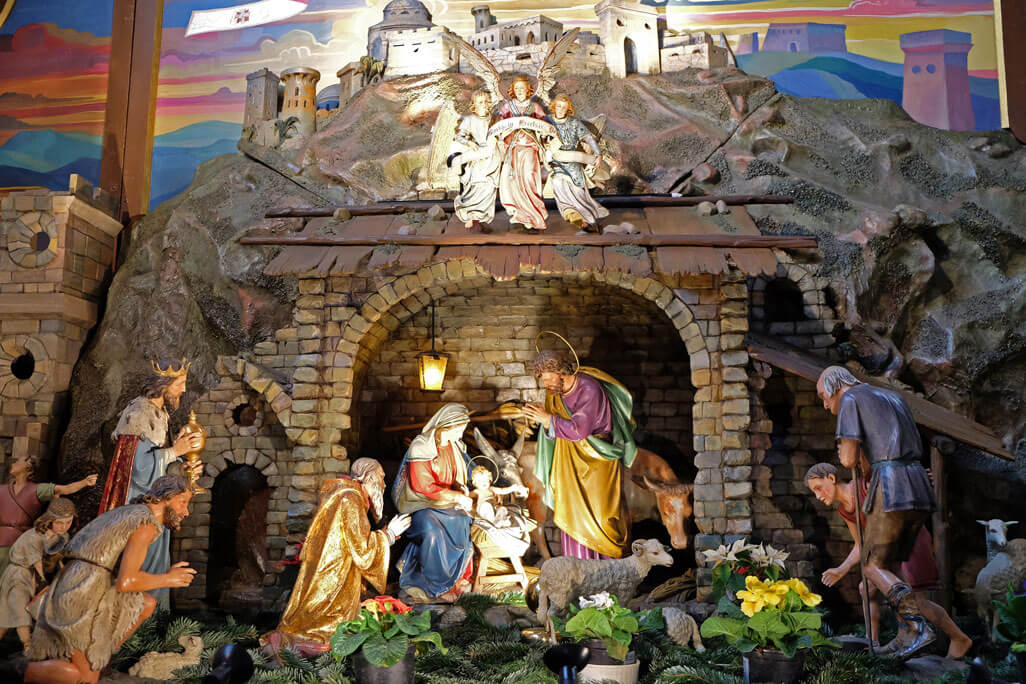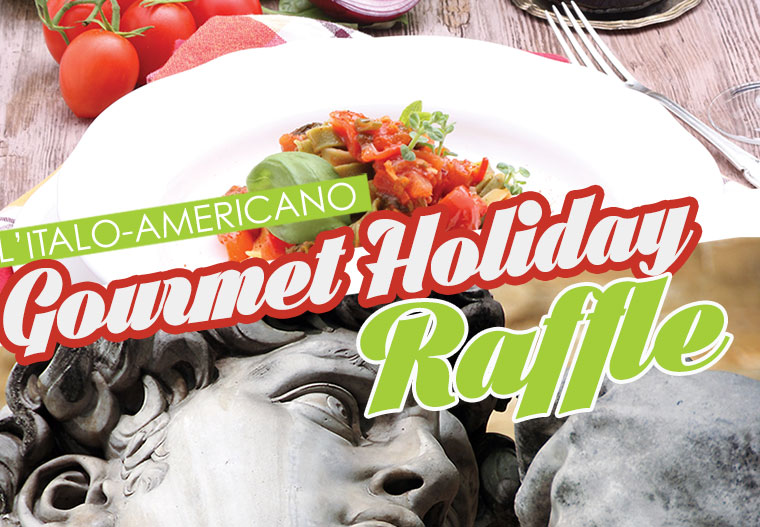Christmas is a universal feast. It is the apogee of all year’s celebrations for Christians all around the world; it is a time of love and warmth for everyone else. Regardless of your faith and beliefs, in the end, Christmas is truly one of the best times of the year.
What do we really know, though, about the historical origins of the feast? And have we ever wondered where and when, exactly, it was decided Christmas was to be celebrated the way we do? It may come as a surprise to know that, actually, Italy, its own heritage and history have a lot to do with it.
Take a little step back in time and travel to the late years of the Roman Empire: it was a time when spirituality had assumed a varied nature and was no longer only and exclusively tied to the ancient pagan gods of the Roman pantheon. There was Christianity, of course, but many other spiritual traditions were practiced within the borders of the mighty Empire of the Eternal City. One of them was that of the god Mitra, divinity of middle eastern origins, worshipped especially among soldiers and the Roman military. Mitra was a sun-god, symbol of power and generating force. There were other gods symbolizing the same: Helios, for instance, or the Sirian El-Gabal, himself image of the sun.
Why am I writing all this?

Well, because when Emperor Aurelianus, in 274 AD, unified the cults of the three sun-gods into one, the Sol Invictus (the Invincible Sun), he chose the 25th of December to celebrate it. The end of December was already an important moment of the pagan calendar, because of the Winter solstice and, in Rome, of the Saturnalia: it was easy and clever to associate the new feast with one already so well established.
In Rome, cradle of Christianity, the step from celebrating an invincible sun divinity to feasting for the birth of the Son of God was brief: less than a century. It was the year 336 AD, when Roman writer and painter Furius Dionisius Filocalus mentioned for the first time the 25th of December as the day of the birth of Christ. As an incise, historians are more prone to consider the Spring as the actual moment of His birth, yet, when it comes to Christmas as we know it, it is all about the Winter. The people of Late Antique Rome, we know now, have a lot to do with this.
Rome, then, as Mother of Christianity and head of a multicultural Empire, is behind the fact we celebrate Christmas the day we do. Yet, the connections between Christmas and Italy are more.
Fast forward about a millennia from the times of Aurelianus and move east of about 100 miles: you may recognize the soft, oil-pastel shaded hills of Umbria and their undiscussed queen, Assisi, home to Italy’s most recognizable saint, Francis. It is thanks to him that one of Christmas most popular representations, that of the traditional nativity – which we call Presepe or Presepio in Italy – came to be. It was the 29th of November 1223 when Pope Onorius III approved the Friars Minor order. In the following weeks, Francis expressed his wish to spend that Christmas in solitude in the little mountain village of Greccio.
While there Francis, who was a man of unbreakable yet pragmatic Faith, decided it was important to “see with the eyes of our body” the moment of Jesus’ birth, a sign of His descent among Mankind: on that holy night of 800 years ago, there were no statues and no fancy lights, only a donkey and an ox, as the apocryphal gospels say there were, to warm Jesus on the night of His birth, and an altar upon which Francis celebrated mass. This was, in all its stark simplicity and beautiful spirituality, the first nativity scene in the world. Francis was to celebrate Christmas mass in Greccio also the following year, in 1224: this time, however, there was a real Presepe ready for him.
Local artist Giovanni Vellita had created, upon the saint’s own request, a sculpture of the holy family, the first Presepe’s statues.
Francis died only three years later, in 1226, and was canonized in 1228. His Christmas representation in Greccio became quite popular thanks to his Friars, who told the people of Italy about the holy pauper of Assisi and those first Presepi. The idea of associating Christmas festivities with a nativity scene is, today as it was in the past, the strongest embodiment of a real Italian Christmas.

Art, too, made the ties between Italy and Christmas strong. Throughout the centuries, the imagery of Jesus’ birth has filled the mind and inspired the hand on countless artists who gave shape, form and color to the heart of Christian belief in their works. In fact, the nativity was already a popular subject for artists in Rome in the 4th century, just around the time Furius Dionisius Filocalus wrote about Christmas in his work. It was, however, with the coming of the Middle Ages and the Renaissance that Italian art fully took into its – very talented – hands the representation of the birth of Christ, turning it into one of the most iconic images in the world. Among the most recognizable are Andrea Mantegna’s Adorazione dei Pastori, painted around 1450, Filippo Lippi’s Adorazione del Bambino di San Vincenzo Ferrer, created roughly around the same period, the Natività Mistica of Sandro Botticelli, elegant and ethereal (1501), Tiziano’s vibrant Sacra Famiglia con un Pastore (1510) and Caravaggio’s fiery Natività, created in 1609.
Christmas and Italy: a link as old as Christianity itself, which runs deep underneath the surface of western culture and heritage. Christmas and Italy: a spiritual love that produced touching art and heart warming traditions.
Christmas and Italy: a pair that – it is known, even if I did not mention it today – inspired some of the most delicious culinary delicacies in the world. In the end, who can resist a slice of pandoro or panettone this time of the year? Just this time, while you are enjoying their soft and buttery goodness, have a thought also about all the history the 25th of December and Il Bel Paese have been for the past 2000 years.





























